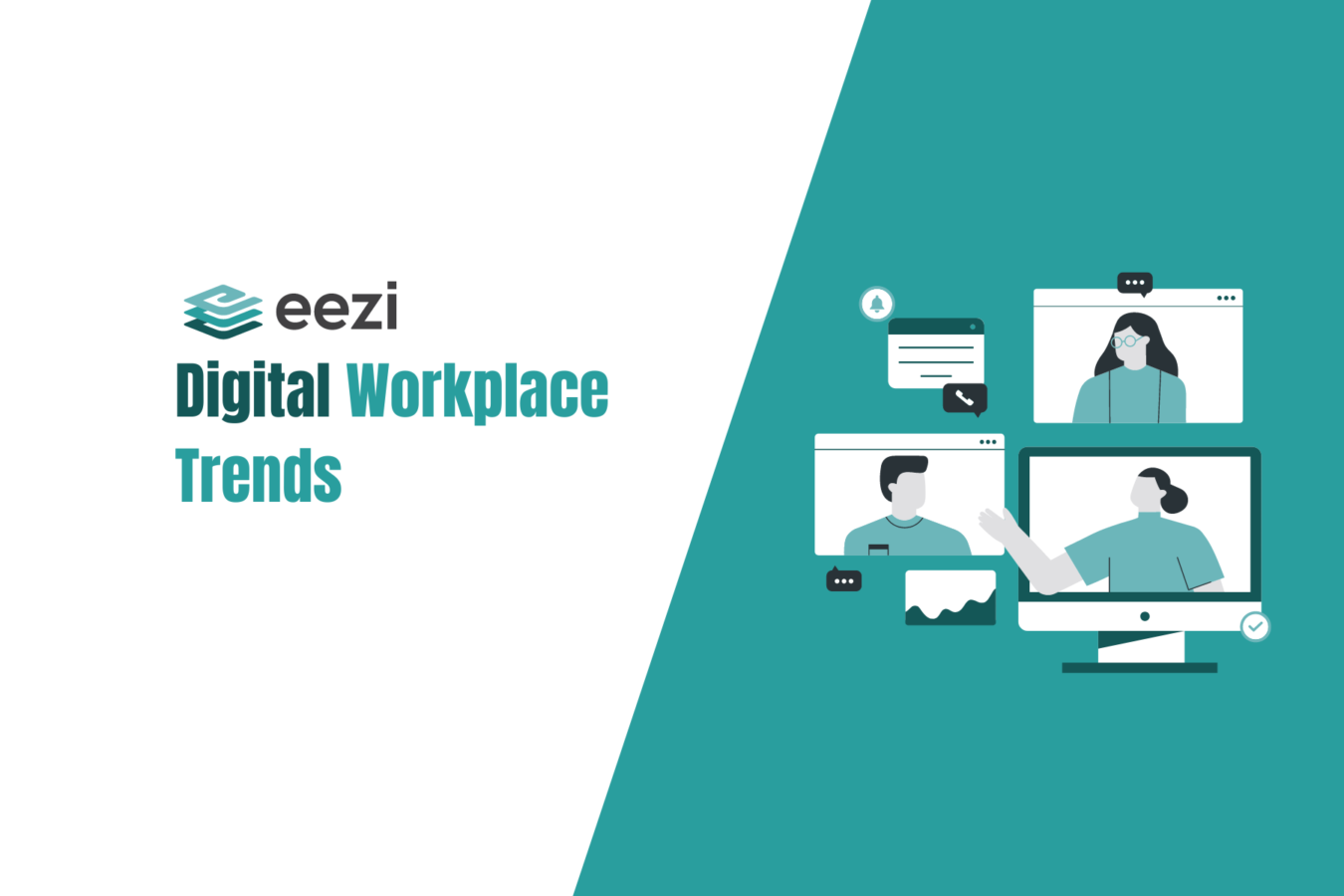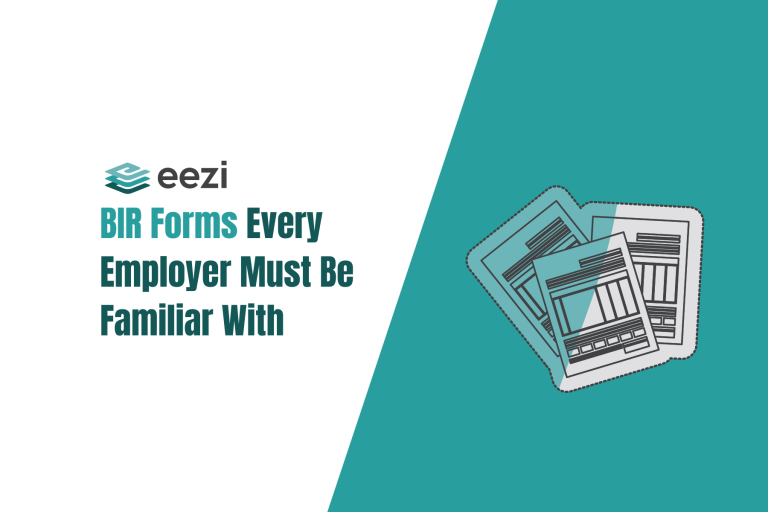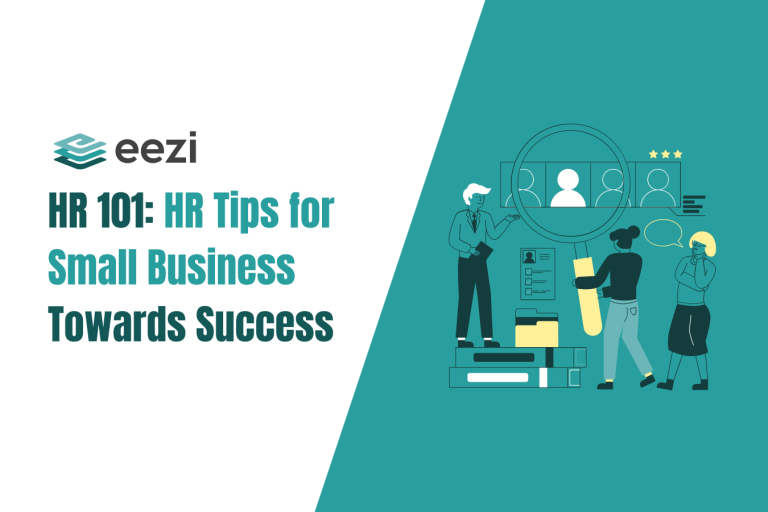Here are the digital workplace trends that are set out to transform how we do work and every aspect of a business.
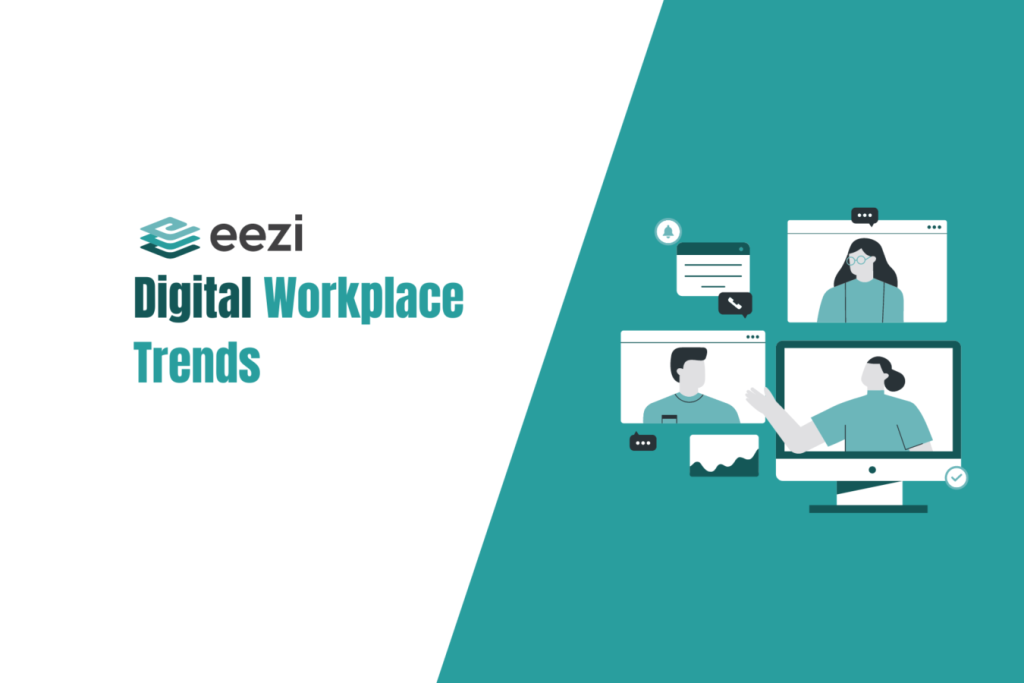
In today’s evolving technological landscape, keeping your organization up to date with the latest innovations has become a necessity for survival. Below, we discuss the latest emerging trends in workplace technology and how each of them changes how you work.
Automation in work processes
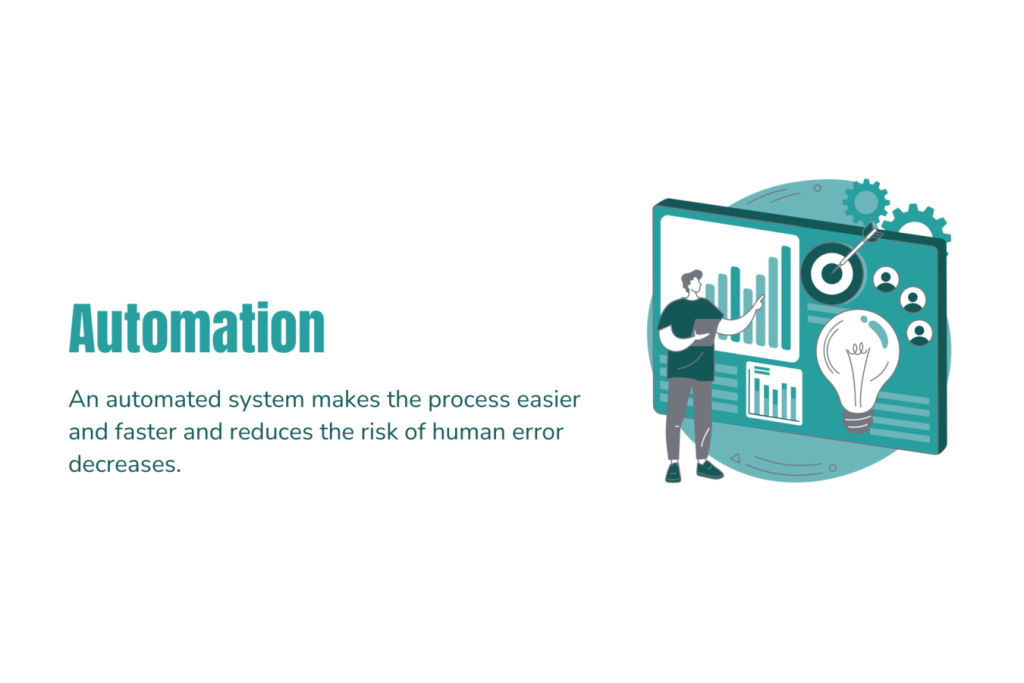
Many organizations have always used manual processes and transactions. However, this method might not be the best idea.
Manual processes are cumbersome in many ways. Paper documents pile up over time and are prone to numerous risks of damage. Moreover, they demand more time and may be prone to errors.
To answer this, many businesses have chosen to automate all the processes they can afford. Computerized systems lessen human intervention, decreasing the risk of human error.
Cloud-based systems

In recent years, face-to-face meetings and work setups have become almost impossible. Moreover, this has become a hurdle for many companies wishing to survive. Many tasks and projects require the cooperation and skills of several employees. However, people who are geographically separated struggle one project together.
This is where cloud-based systems come in. Statistics (Statista) show that the usage of cloud-based systems and databases has increased to 94% for small businesses and organizations. Furthermore, it went up to 81% for medium and large organizations since the onset of Covid-19.
Cloud-based systems provide employees with access to the same projects and resources regardless of the distance between them. Now, they can work simultaneously on the same tasks.
Since the system is cloud-based, there are less worries about data loss due to damage. In addition, access is possible anytime, anywhere, as long as you are connected to the cloud.
Remote and hybrid work setups
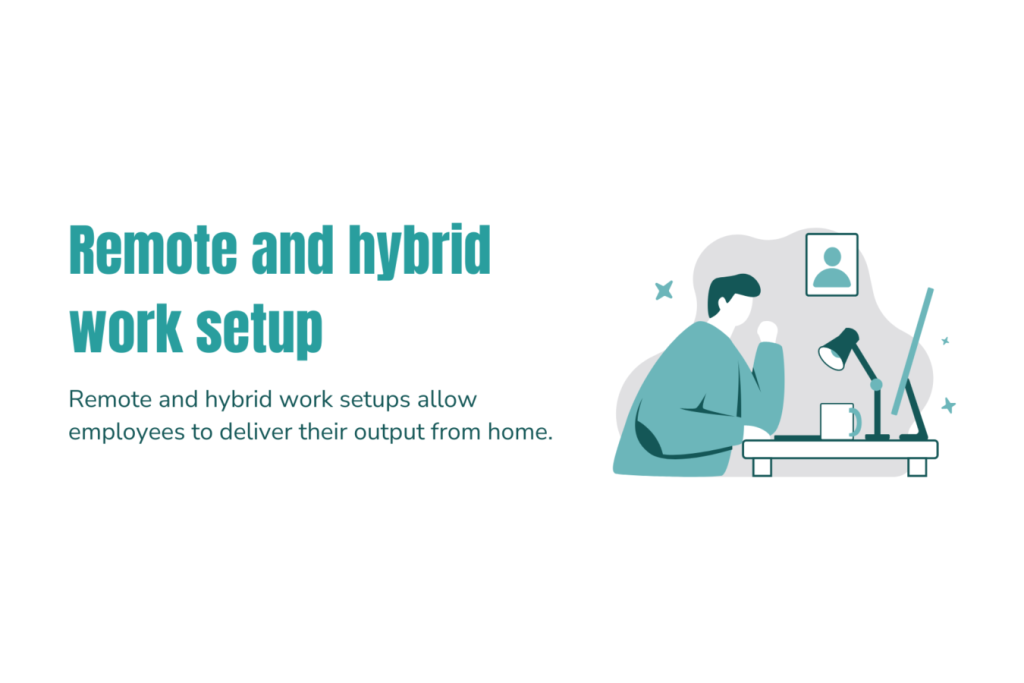
Remote work setup
Hybrid and remote work are some of the preferred setups these days. Total remote work setup, also known as Work-From-Home (WFH), allows employees to work from the safety of their homes. This removes the need to go to the office and have face-to-face interactions with their colleagues.
There are different types of complete remote work setups. Some allow remote workers to have flexible time as long as they can produce the expected output. However, some require tracking software to monitor their employees’ activities and performance.
Hybrid work setup
On the other hand, hybrid work setup combines WFH and physical work setups. A hybrid work setup is still majorly a remote work setup, with specific periods assigned for the employee to report to the office. For example, some companies require remote workers to report to their office once or twice a week and work remotely for the rest of the week.
Alternatively, some companies need employees to work in the office for two to four (2-4) months and the rest of the year working at home. Others only require their employees to report to the office when projects need the cooperation and physical skills of the employees.
Hybrid working setups allow workers to have actual interactions with other team members, even just for a short time. These interactions play a big part in providing a better employee experience.
Both hybrid and remote work setups often require a reliable, automated, cloud-based system. This includes tools that help schedule tasks, meetings, and appearances to maximize efficiency.
Mobile-friendly systems
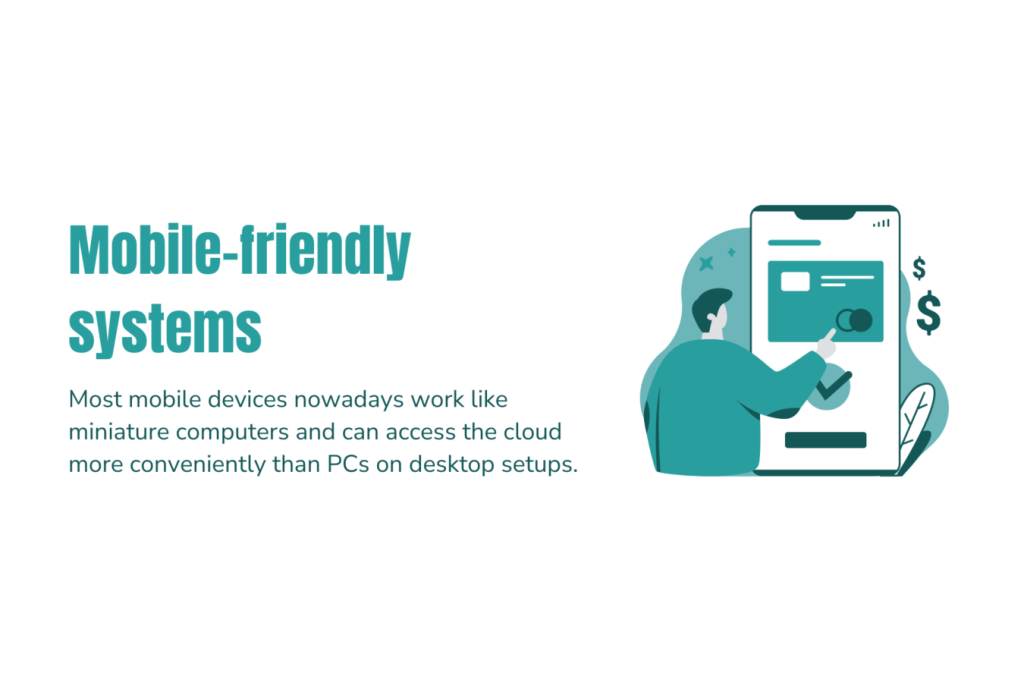
Having a cloud-based system provides a much better experience for employees. Now more than ever, maximizing the use of the cloud gives over competitors. One way to maximize the advantages granted by the cloud is to make your system software mobile-friendly or compatible.
Most mobile devices nowadays, like Android or iOS phones and tablets, work like miniature computers. Moreover, they can access the cloud more conveniently than PCs on desktop setups.
Mobile devices are more portable and can be used while on the move. Consequently, having a mobile-friendly system allows remote employees and clients to have easier access almost anytime and anywhere.
Most people now use their mobile devices, especially mobile phones, to conduct most online transactions, including purchasing products and availing services. As such, mobile-compatible systems are also more attractive to clients as they are easier and more convenient to access and use.
Artificial intelligence
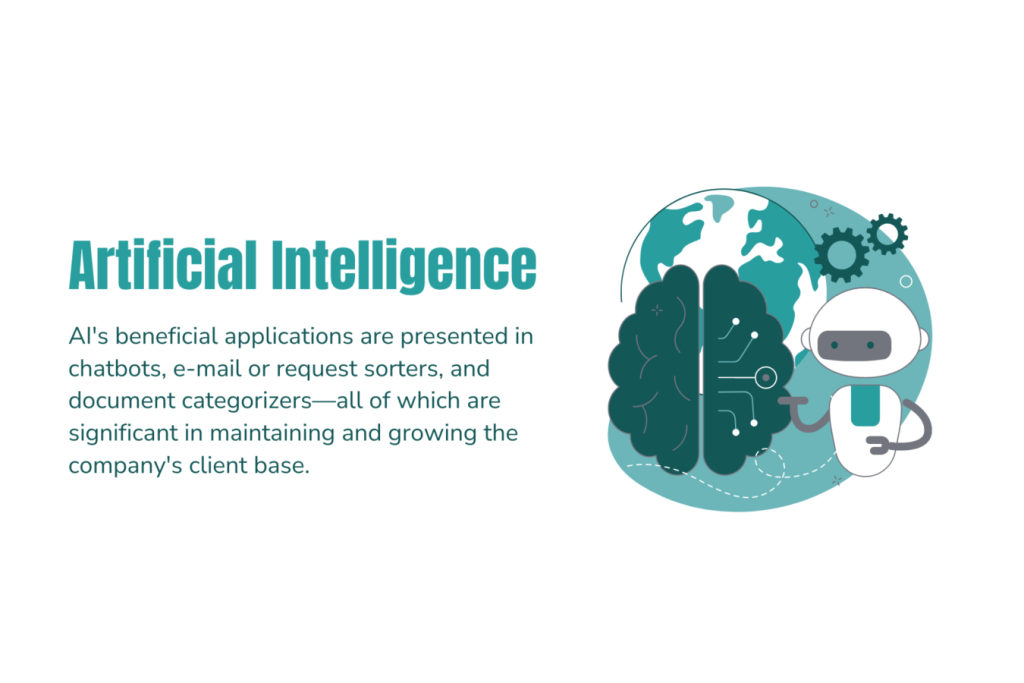
Another trend in the modern workplace is the integration of Artificial Intelligence (AI). Some may be hesitant about AI and for good reasons. However, AI is slowly starting to become a requirement in workplaces.
For instance, AI helps support chatbots, answer emails, sort requests, and categorize documents. This is important since fast response to client inquiries plays a significant role in maintaining and growing the company’s client base.
Chatbots
Chatbots deploy quick responses to potential clients. Moreover, they can be programmed to answer a range of questions without human intervention. If the queries fall within its, the chatbot can function without supervision.
Sorting tasks
Sorting and categorizing emails, requests, and documents can be tedious if done without help. This is another area where effective AI integration is a welcome help. With AI, sorting emails, requests, and documents has become considerably more manageable. Now, the user will only need to provide a criterion to initiate the sorting.
Overview of HR data analytics
HR data analytics involves collecting, analyzing, and interpreting data related to human resources to inform decision-making and improve organizational outcomes. HR data analytics provides valuable insights into workforce trends and dynamics by leveraging various data sources, including employee performance, engagement surveys, and turnover rates.
Importance of HR data analytics
HR data analytics is essential for modern organizations as it transforms raw data into actionable insights. It helps businesses understand the underlying factors influencing employee behavior, productivity, and retention. This understanding enables HR professionals to make data-driven decisions that enhance workforce management and align HR strategies with business goals.
Benefits of HR data analytics
- Enhanced decision-making: By analyzing HR data, organizations can make informed decisions about talent acquisition, development, and retention, leading to more effective HR practices.
- Improved employee engagement: Data analytics helps identify factors that impact employee satisfaction and engagement, allowing organizations to implement targeted initiatives to boost morale and productivity.
- Optimized talent management: HR data analytics facilitates the identification of high-performing employees and those at risk of leaving, enabling proactive measures to retain top talent and address potential issues.
- Increased efficiency: Analyzing HR processes and workflows can uncover inefficiencies and areas for improvement, leading to streamlined operations and cost savings.
- Strategic workforce planning: HR data analytics supports strategic workforce planning by forecasting future talent needs and identifying skill gaps. This ensures that the organization is well-prepared to meet its future workforce requirements.
- Reduced turnover: By identifying the key drivers of employee turnover, HR data analytics helps organizations implement strategies to reduce turnover rates and retain valuable employees.
- Performance management: Analytics can track and assess employee performance, providing insights that help develop performance improvement plans and recognize high achievers.
- Compliance and risk management: HR data analytics assists in ensuring compliance with labor laws and regulations by monitoring HR metrics and identifying potential risks, thereby reducing the likelihood of legal issues.
Adopting HR data analytics can significantly impact businesses by transforming their HR practices and overall organizational performance. For instance, businesses in the Philippines can benefit from these insights to navigate the unique challenges of their labor market, improve employee engagement, and drive productivity.
Incorporating HR data analytics into digital workplace trends can further enhance the effectiveness of automation, cloud-based systems, remote and hybrid work setups, mobile-friendly systems, and AI integration. This comprehensive approach ensures that businesses remain competitive and resilient in a rapidly evolving market landscape.
Workplace transformation
With all the digital workplace trends booming, transformations in the workplace are unavoidable. In some cases, a total restructuring of the workplace is necessary to accommodate such changes.
Some organizations have even switched to a remote working setup from a face-to-face work setting completely after observing more advantages to working face-to-face by practicing it first for health security and safety protocol compliance.
Whatever the reason may be, the fact remains that those who have adopted these digital workplace trends are finding more success than those who don’t.
Transform your workplace with eezi
Bring the power of new workplace technologies to your small business with eezi’s HR and payroll suite. Learn more about how it can improve your core HR processes by booking a demo or signing up for a free trial.
